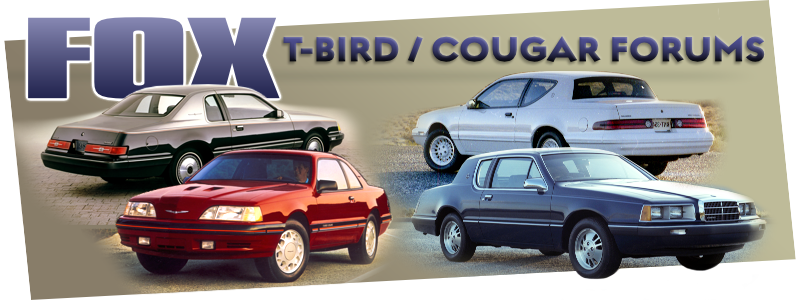Ford Engines - 302 to 351

Reply #2 –
I like the 351W. Parts are super easy to find, they can make great power, and parts are made that fit our cars....headers, intakes, etc. Plus you can find them in trucks all over as roller motors.
 Topic: Ford Engines - 302 to 351 (Read 2257 times)
previous topic - next topic
Topic: Ford Engines - 302 to 351 (Read 2257 times)
previous topic - next topic
